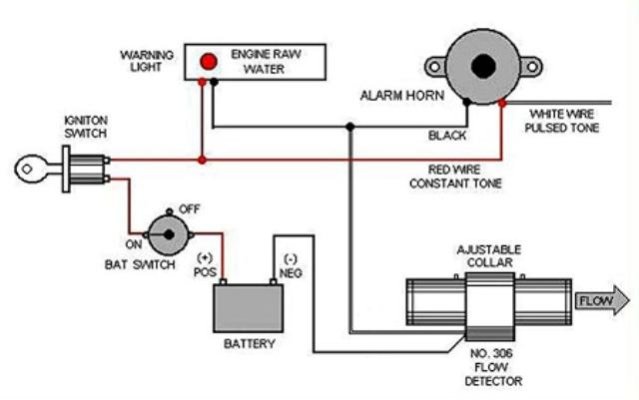Dougcole
Guru
Hi All,
I am getting ready to install Aqualarm Exhaust Overheat alarms to my twin Yanmar 4LHA-STP. Installation is pretty straight forward (pulling the wires up to the FB will be a bear as always) but I have one question.
The alarm sensors switches are super simple, they just have two wires, one goes to a 12V source the other goes to the alarm board. I've got good access to a DC buss on my aft ER bulkhead that I can wire both sides into, but I think I'd rather have them pull off of the engine somewhere. Preferably someplace that is only hot when the engine is running. Any recommendations? Maybe on the 12V leg on the strater relay?
Or would it be better to just pull them off of the 12V buss?
Thanks,
Doug
I am getting ready to install Aqualarm Exhaust Overheat alarms to my twin Yanmar 4LHA-STP. Installation is pretty straight forward (pulling the wires up to the FB will be a bear as always) but I have one question.
The alarm sensors switches are super simple, they just have two wires, one goes to a 12V source the other goes to the alarm board. I've got good access to a DC buss on my aft ER bulkhead that I can wire both sides into, but I think I'd rather have them pull off of the engine somewhere. Preferably someplace that is only hot when the engine is running. Any recommendations? Maybe on the 12V leg on the strater relay?
Or would it be better to just pull them off of the 12V buss?
Thanks,
Doug

